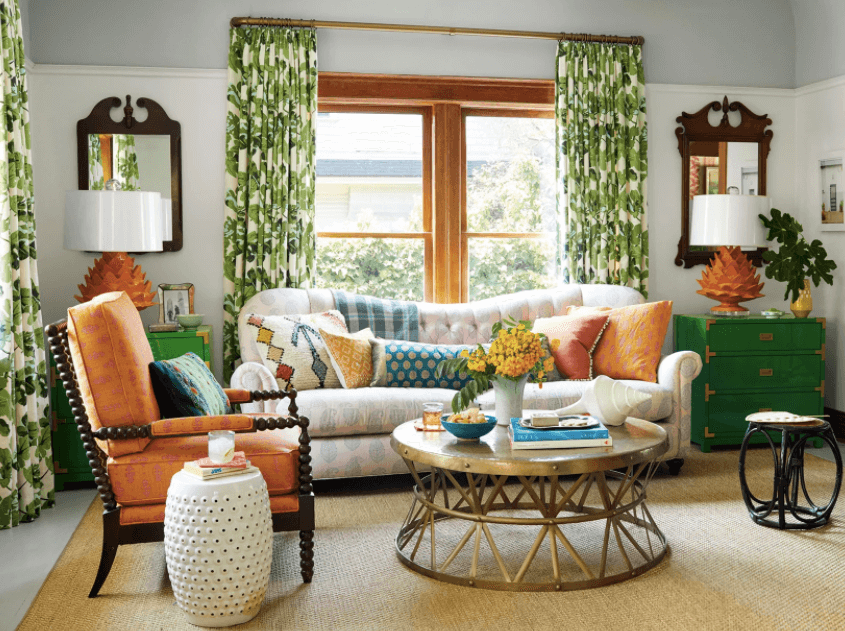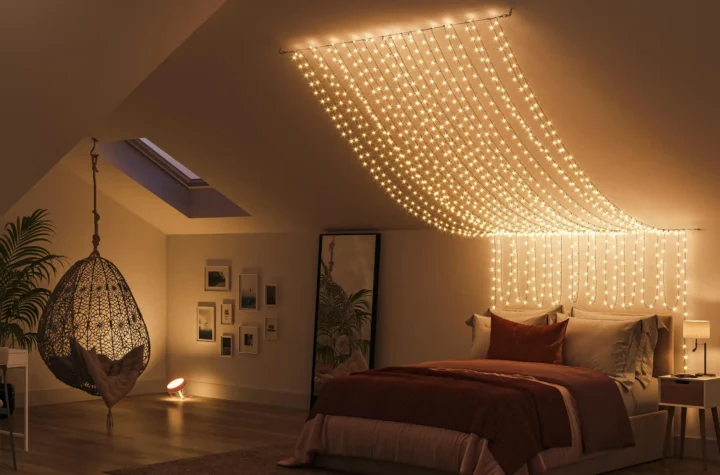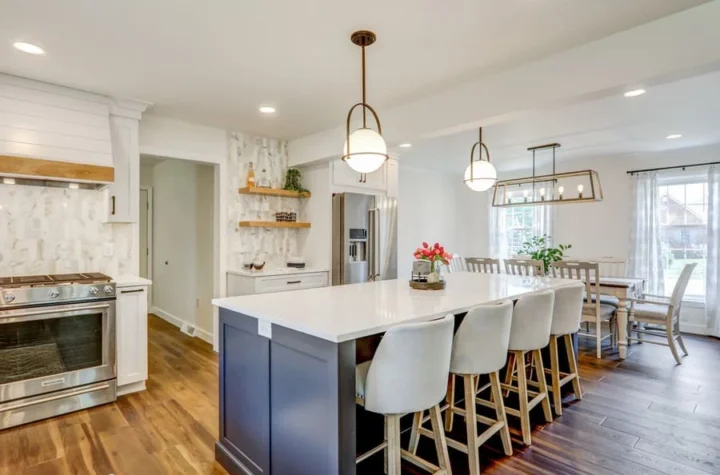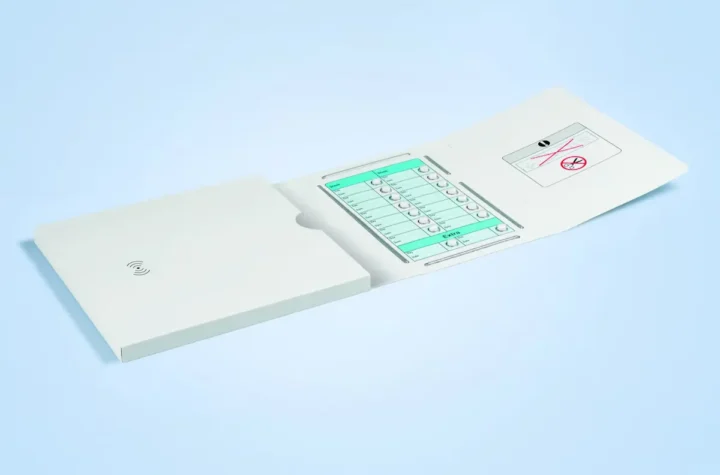
Are you thinking of giving your home a makeover but don’t know where to start? Do you want to make your house look better, but are on a strict budget? Got lots of stuff that you’re no longer using but don’t know what to do with them? Want to redecorate but aren’t sure where to begin?
The good thing is redecorating doesn’t mean you have to buy the most expensive pieces out there to make sure your home looks great. Redecorating is about reusing and recycling what you have, as well as donating the stuff you don’t need. What’s better is, for the items you don’t have, there are several cheaper options to go for. Here’s what to do:
1. Find out what to redecorate
Before you even start setting your budget for your redecorating project, you’ve got to figure out what you’re going to redecorate. Is it your bedroom? The kitchen? The whole house? Defining the areas, you will be redecorating will help you set a limit to the amount you will allow yourself to spend.
Will you be furnishing your room with new items? Check out SumoLounge for some great ideas on unique huge bean bag seating, to give your newly decorated room an extra cozy feel.
Find out what you want to do and list it all down. That way, you’ll be able to keep track of all the changes you’re planning to make.
2. Set your budget
While it might seem over-the-top to set a redecorating budget, it will keep you in check to make sure you’re not overspending. Think of it as allocating your resources as wisely as you can. Once you know what you want to redecorate, it’s time to take out your pen and paper or open up an Excel file and ask yourself some questions:
• How much am I willing to spend for this?
• Where will most of my redecorating expenses go?
• What’s a Plan B if I can’t find something within budget?
3. Decide what to keep
When you begin redecorating, start by going through what you have. It might seem like a long process, but you’ll be glad you did later on. Decide what to keep so you don’t need to buy something you might already have. As you go through your items, start by asking yourself the following questions:
• What items hold special or sentimental value?
• What household items spark joy?
• What am I currently using that I need?
4. Decide what to donate
As you go through the process of sorting things, you might find some items that you no longer use but are no longer brand new as well. Instead of throwing out old books, clothes, furniture, and more, you can opt to donate these items to organizations and centers that redirect them to people who need them.
5. Decide what to buy
Sometimes, you might have to shell out your money to buy the things you need. That’s where the budget-planning comes in. Check shops that sell those items, but don’t limit yourself to one shop only. Look around thrift shops, online stores, and second-hand markets. You might find the very thing you want (or something even better!) at a lower cost.
6. Consider refurbishing existing furniture
Sometimes, a plan to redecorate often means that your existing furniture is not going to fit nicely into your home. Whether it’s a color clash with your new walls or a pattern clash of wallpaper and furniture materials that aren’t going to look great, the last thing you want is furnishings that stick out like a sore thumb. But the good news is that if you’re on a budget, you don’t have to blow most of it on brand new furniture. In fact, you can often keep the furniture that you have and transform it at home. Furniture paint is a fantastic idea for wooden furniture that no longer fits in, or you can opt for a vinyl wrap for a quick, easy transformation.
7. Find cheaper alternatives
Today, there are plenty of cheaper alternatives to many of the jobs you might want to do when redecorating your home. Want to retile your bathroom floor but don’t have the budget for it? Adhesive vinyl tiles can do a fantastic job of transforming the room at a fraction of the price, and the best part is that they are easy to remove if you decide to change up the look again in the future. If you want new kitchen worktops but simply can’t afford the cost, look into vinyl coverings – they come in various styles and colors and you could even get a granite or marble effect at a much cheaper price. And once again, it’s much easier to remove if you get the redecorating bug again.
8. Borrow tools instead of buying
Sometimes, it’s the tools that you need that end up making the biggest dents in your budget. There are plenty of options for getting paint and wallpaper on a tight budget with a bit of shopping around, but power tools and ladders can be expensive to buy. This is where a little bit of community spirit can come in handy. Your neighbors may own various DIY tools that they’re happy to let you borrow, as long as you look after them and return them once you’re done. Check out Facebook community groups, too – never underestimate the kindness of strangers if you want to borrow a wallpaper steamer, a sander or a jigsaw – most people who own these tools don’t use them all the time and will be happy to let you make use of them when they’re not needed elsewhere.
In conclusion
Redecorating doesn’t have to be expensive. If you’ve wanted to fix your home for the longest time, you don’t need to wait any longer. You can now find ways to redecorate while staying on budget. All it takes is a well-organized budget sheet, patience, and a lot of hard work, but it will be all worth it.




More Stories
The Role of Overbed Lights in Enhancing Sleep Hygiene
A Fresh Perspective on Kitchen Remodeling in Cambridge
Transforming Bathrooms in Burlington: A Blend of Luxury and Functionality